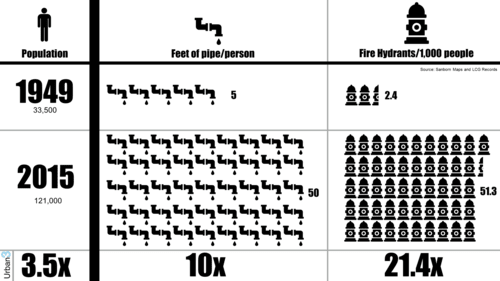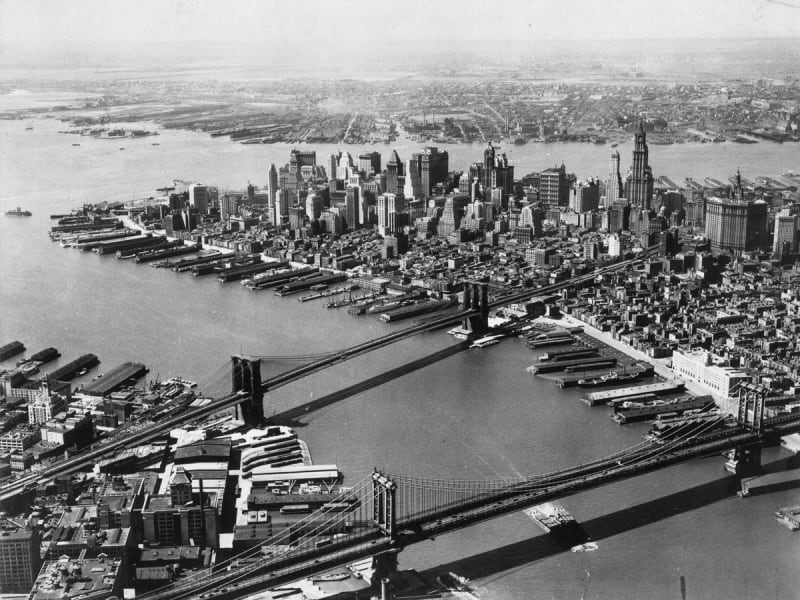I have a few questions.
Ancient Rome's population peaked at around a million people. London in the 19th century was the first city to surpass that. According to the UN's data booklet, The World's Cities in 2018, the number of cities with at least 1 million inhabitants were 548. Tokyo was the most populous with more than 37 million people.
Consider the amount of structures and infrastructure (electrical and plumbing systems, etc.) built in a relatively short period of time. What will happen when everything starts to fail? Will we try to repair what is irreparable? In that hopeless state of things, will we hop into airplanes or spaceships to move to another plot of land or planet? Will we rebuild everything in our new home? What will happen to our old one? Will it be the post-apocalyptic world portrayed in films of the past? Will it be a laboratory for military personnel to retrieve images of mushroom clouds? In the new world, will we use the same plans or make them better? Are we all Bill Murray in Groundhog Day? Are we the end product of our own creation? Did the psyche bring the cycle? Is this not the definition of insanity?
Are you ready? I'm just curious...
Ancient Rome's population peaked at around a million people. London in the 19th century was the first city to surpass that. According to the UN's data booklet, The World's Cities in 2018, the number of cities with at least 1 million inhabitants were 548. Tokyo was the most populous with more than 37 million people.
Consider the amount of structures and infrastructure (electrical and plumbing systems, etc.) built in a relatively short period of time. What will happen when everything starts to fail? Will we try to repair what is irreparable? In that hopeless state of things, will we hop into airplanes or spaceships to move to another plot of land or planet? Will we rebuild everything in our new home? What will happen to our old one? Will it be the post-apocalyptic world portrayed in films of the past? Will it be a laboratory for military personnel to retrieve images of mushroom clouds? In the new world, will we use the same plans or make them better? Are we all Bill Murray in Groundhog Day? Are we the end product of our own creation? Did the psyche bring the cycle? Is this not the definition of insanity?
Are you ready? I'm just curious...

![[smile] [smile] [smile]](/data/assets/smilies/smile.gif)

